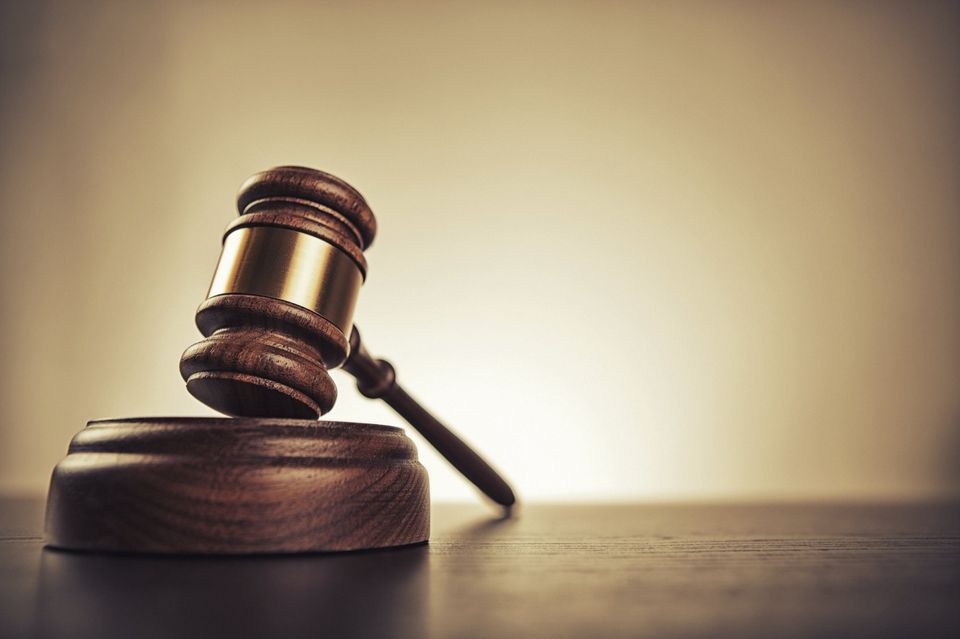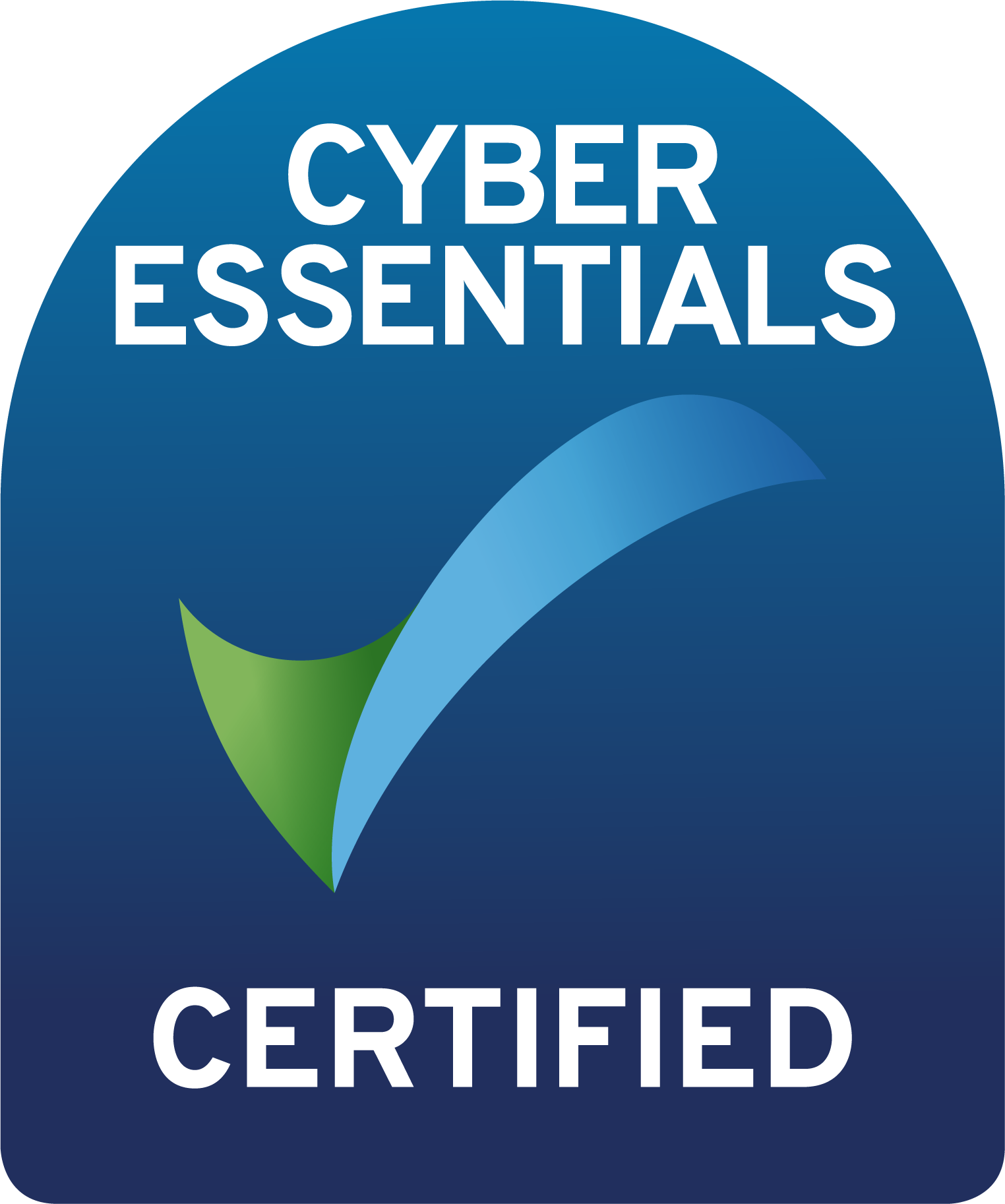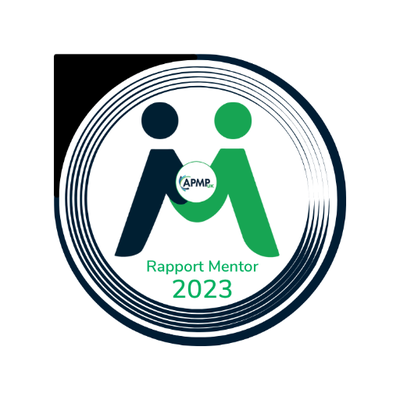Prove It!
Sarah Hinchliffe • 25 August 2020
The importance of evidence in making a compelling case in your proposals

Purchase decisions are influenced by a combination of factors. Aristotle summed it up with his three pillars of persuasion over 2,000 years ago; people need to be convinced by "logos" and "pathos" (logic and emotion ) and "ethos", best described as trust built on reputation and credentials.
So, in our sales proposals we must logically explain how our products satisfy the buyer’s needs at an affordable price. We must also make an emotional connection and show our readers we are likable and trustworthy.
The role of evidence
Evidence (also known as proof points) plays a part in supporting all three pillars but is particularly vital to establishing trust; without it, our proposals can sound pompous and shallow. Superlative claims such as “we are the leading provider...”, “the best…” or “better than…” are unconvincing without supporting evidence.
The best evidence is:
- Relevant: Don’t just scatter your evidence around and hope it works like fairy dust; select it wisely to back-up each key point. Make sure each point is relevant to the customer by linking it to the features and benefits of your product.
- Quantified: Make your evidence tangible by including measures such as money gained or time saved.
- Attributed: Always cite your source, unless you have genuine confidentiality reasons to withhold it. And always give the date of the evidence to show it still has currency.
With that in mind, let’s think about the various types of evidence we can use in our proposals.
Customer evidence
What better evidence than a satisfied customer? If you have online reviews, you can use these individually (customer quotations) and collectively (star ratings or equivalent). If you have results from customer satisfaction survey results and net promoter scores for all or part of your business, these are also valuable.
And get into the habit of writing up successful projects into a case study approved by the customer for publication. A full case study should be professionally written and include:
- The customer’s situation before they made the purchase. Ideally, this will include baseline measures from which improvements can be shown.
- A description of your product and/or service.
- The results the customer achieved. These will be quantified benefits. Where you had baseline measures, compare the before and after to show the improvements.
- A testimonial from the most senior customer representative confirming the value you brought to their business – again, quantified where possible.
- Photos if appropriate.
Get permission to use the case study in part or in whole. This means you can snip soundbites as well as show the full picture.
Where you have a genuine confidentiality reason to withhold a customer identity (often the case when working in defence or security), write it anonymously with an explanation – if the case study is relevant, buyers will understand.
Third party evidence
Beyond your customer base, you may have received praise or endorsement from other third-party organisations. Here are a few ideas.
- Have you or your staff ever won or been nominated for an award? As long as it’s from a reputable source, an award recognises superior capability (perhaps a skill, creativity or innovation) or achievement (maybe a first or an endurance). Always get a photo of the award presentation and keep the application or nomination, so you can tell the story - what you did, why you won and who you beat (especially good if you are competing against them in your proposal).
- Have you been cited in an analyst report – plotted on a Forrester Wave™ or a Gartner Magic Quadrant? Providing it is a complimentary positioning and supports your argument, these are excellent independent assessments of your product. Beware any independent reports that require you to pay for the status – that’s not quite the unbiased commendation you are seeking.
- Have you been mentioned in a publication or been on the television or radio? Being sought out as an expert in your field and asked for comment can be seen as an affirmation of your credibility.
Evidence of compliance
It’s common in proposals to have to present evidence of compliance with the standards relevant in your industry and proof of key facts and figures. For example:
- Certificates
- Audit reports
- Accounts
- Policy documents
- Credit reports
Build a checklist of all the possible proof points your customer may ask for and develop good explanations for anything you cannot produce. For example, you may have a robust business continuity and disaster recovery policy, but you have not invested in an ISO22301 certificate. If your customer asks if you are certified, they may well think you should be, so you need to explain why not and show them what you have is equivalent.
In-house evidence
Within your organisation, there will be rich sources of evidence. Anything based on auditable facts and figures is admissible. Below is just a starter for ten:
- Think about customers or users, projects completed and products sold. For each of these, consider the totals overall, in different geographic areas, sectors and lines of business, and new ones added in a period. Capture the information using different metrics – value, percentages and ratios.
- Employee statistics – retention/attrition, average length of service, qualifications and training, resumes, apprenticeships and diversity records. Find out the industry averages for all these statistics and know how you stack up, so you can boast about it if it’s positive (and address it if it’s not).
- And these days, a big topic is 'social value', set to account for 10% of every public sector competitive tender before long. Start collecting data on community benefits, charitable work, environmental performance and how you’ve boosted the economy.
- Don’t forget the value of any online or traditional content you have published. Measure blog readership, numbers of books sold and white papers downloaded to indicate popularity.
- Finally, if you do research and development, how much do you spend? Measure that as a percentage of your turnover or profit and compare it to industry averages – if you’re a front runner, you will be showing thought-leadership. And compile a list of 'firsts' to show innovation.
Opportunity evidence
Given your proposal is to win a specific opportunity, don’t forget to tap into any related evidence. If you have been smart enough to influence the prospect’s request for proposal (RfP), you will have had conversations with them to shape their thinking. Did you create a proof of concept? Did you build diagrams or slides together? Anything you co-created before the RfP can be re-played to them as evidence.
Did you take your prospect on a successful reference visit to a customer or put on a demonstration that they loved? If so, mention it in your proposal and include a photograph if you have one – no excuses these days when everyone has a camera, but remember to ask permission.
Where you are an incumbent supplier, think about whether stability is important or whether your prospect is hungry for change. Match your evidence to support what your prospect is seeking – replay positive aspects of your relationship, remind them how you have addressed issues and demonstrate new ideas if appropriate.
Presenting your evidence
Once you have your evidence all present and correct, you need to think about where and how to include it in your proposal.
The 'where' should resolve itself – remember that evidence must be relevant, so connect each evidence point to a benefit linked to a feature of your product.
For the 'how', always consider if you can present your evidence visually (known as a 'graphic' in the proposal world). Think about the photos you’ve taken, and about graphs, charts, diagrams, process flows and tables. Then, make sure your graphics have numbers, titles and an 'action caption' to clearly explain your message.
Keeping you evidence to hand
Having captured the gems, crawled the web and combed the archives, it’s a shame not to store all that valuable evidence to use again next time around. Evidence is a vital component of your proposal library. Store it, maintain it and make it available for everyone searching to improve the credibility of their proposals. You will be the richer for it.
















